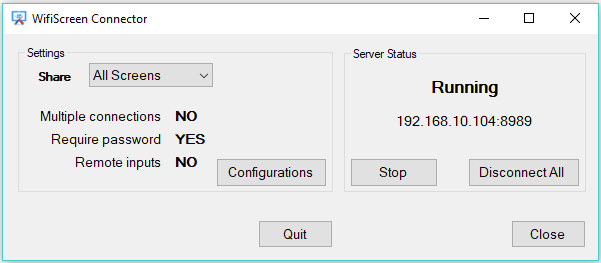What Does TPM Mean for Windows 11 Users? Is TPM A Requirement or a Dealbreaker?
Table of Content
Microsoft’s decision to require Trusted Platform Module (TPM) 2.0 for Windows 11 installations has sparked significant discussion across the tech community. While the move aims to enhance security, it also leaves many users wondering about its implications.
Let’s go through into what TPM is, why Microsoft mandates it, and what it means for Windows 11 users.
What Is TPM?
The Trusted Platform Module (TPM) is a hardware-based security feature designed to perform cryptographic operations. Essentially, TPM is a dedicated chip that securely stores critical security information such as encryption keys, passwords, and digital certificates.
It ensures these sensitive details are isolated from other parts of the system, adding a robust layer of security.
TPM also plays a pivotal role in enabling features like:
- BitLocker Drive Encryption: Protecting your data from unauthorized access.
- Windows Hello: Providing secure biometric authentication.
- Secure Boot: Ensuring only trusted software runs when your system starts.
Introduced years ago, TPM 2.0 has now become a baseline requirement for Windows 11.
Why Does Microsoft Require TPM for Windows 11?
Microsoft’s primary motivation is enhanced security. As cyber threats grow increasingly sophisticated, the company believes that mandating TPM 2.0 will help secure Windows systems against attacks such as:
- Ransomware: By encrypting sensitive data and managing decryption keys securely.
- Firmware Attacks: TPM prevents malicious firmware from compromising your system.
- Rootkits: Secure Boot and TPM together block unauthorized changes to the boot process.
According to Microsoft, the TPM requirement is part of a broader strategy to ensure that all Windows 11 systems are capable of resisting modern cyberattacks.
This aligns with industry trends—as enterprises increasingly prioritize security, such features have become a necessity rather than an optional extra (source).
Implications for Users
For Existing Systems
Many modern systems already have TPM 2.0 built-in, but it’s often disabled by default in BIOS/UEFI settings. Users can enable TPM by accessing their system firmware.
For older devices, this requirement poses a challenge since pre-2016 machines may not support TPM 2.0. Consequently, these systems are ineligible for Windows 11.
Custom-Built PCs
Enthusiasts with custom-built PCs often overlook TPM during component selection. Fortunately, many modern motherboards include TPM support via the CPU’s firmware (fTPM on AMD processors or PTT on Intel).
If absent, users can purchase a discrete TPM module compatible with their motherboard.
Potential Exclusions
The most significant downside is that Windows 11’s TPM mandate excludes numerous older but functional systems, forcing users to either upgrade their hardware or stick with Windows 10, which has support until October 2025 (source).
Bypassing the TPM Requirement
For those determined to install Windows 11 on unsupported systems, workarounds exist. Microsoft allows some flexibility, such as editing registry keys to bypass TPM checks.
However, doing so comes with caveats:
- No Updates Guarantee: Systems bypassing TPM requirements might not receive critical updates.
- Security Risks: Without TPM, your system lacks the enhanced protection Microsoft envisions for Windows 11.
Is the TPM Requirement a Dealbreaker?
While the TPM mandate has stirred controversy, it aligns with a larger industry shift towards prioritizing security. For many users, this change means purchasing newer hardware or exploring alternative operating systems.
However, if you’re already running a modern PC, enabling TPM is straightforward and comes with tangible security benefits.
Windows 11 users gain access to a more secure ecosystem, enhanced by features like secure hardware-based encryption and better resilience against cyber threats.
Despite the initial inconvenience, these improvements make it easier to justify Microsoft’s decision.
Final Word
The Trusted Platform Module is a cornerstone of Microsoft’s vision for a more secure Windows experience. While it’s a hurdle for those with older devices, it’s a step forward in combating modern cyberattacks. For Windows 11 users, understanding and enabling TPM is critical to leveraging the operating system’s full potential.
Whether you’re upgrading your hardware or tweaking BIOS settings, the TPM requirement underscores the evolving importance of security in today’s digital world.
For those ready to make the leap, Windows 11 promises a more robust and protected experience. So, is it worth it? For most users, the answer is a resounding yes.











